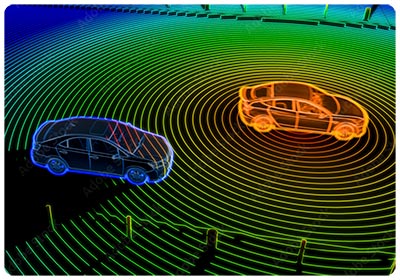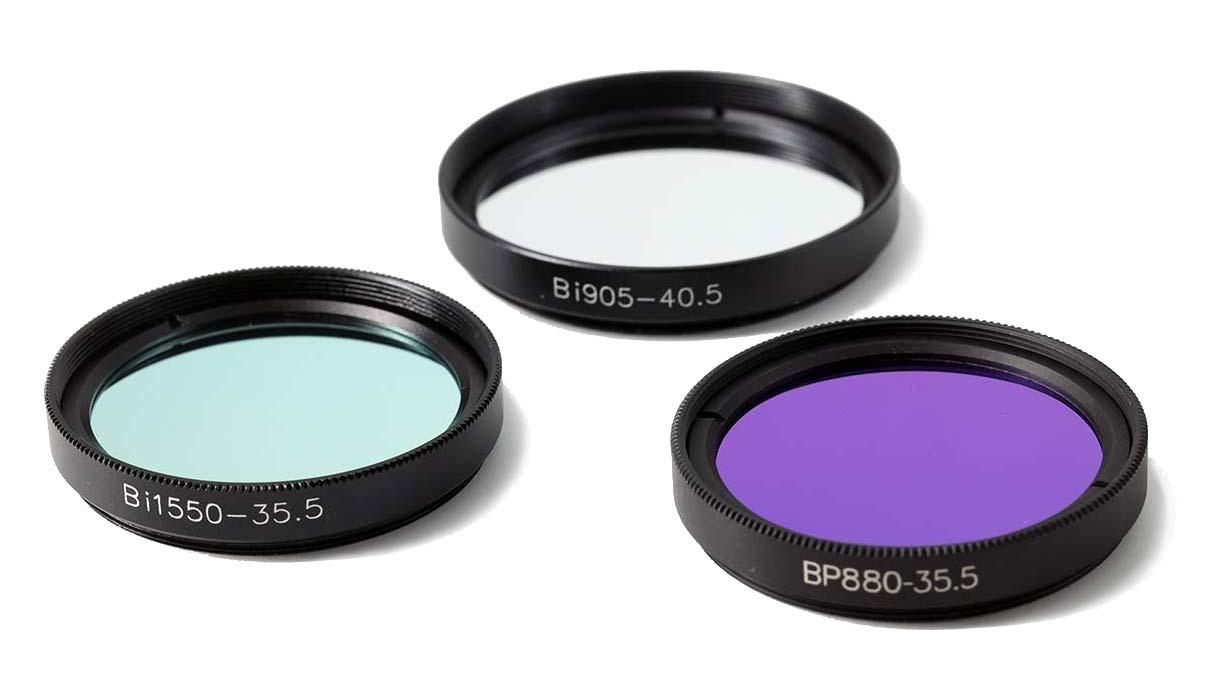

What is LiDAR?
LiDAR (light detection and ranging) is a method for determining ranges by targeting an object or a surface with a laser and measuring the time for the reflected light to return to the receiver.
How it Works:
LiDAR “ranging” measures distance by sending a short “laser pulse” and determining and recording the time between an outgoing light pulse and the detection of the that light pulse’s reflection. LiDAR can be used to create a three-dimensional model of a dynamic scene, such as what may be encountered by an autonomous driving vehicle.

MidOpt® offers a series of optical filters designed to work with LiDAR systems in autonomous vehicles. These industrial optical filters are application-specific and provide superior results in maximizing signal-to-noise ratios and provide consistent results even when the application is operating in bright sunlight.

There are different types of LIDAR systems. The wavelength of the laser(s) used in the system determines which filter to use in order to maximize signal-to-noise ratios.

MidOpt LiDAR filters are designed for a myriad of applications. These filters are durable, able to withstand environmental elements and they deliver high transmission through a narrow bandwidth.
MidOpt filters designed for common LiDAR laser wavelengths:
| Part: | Description: | Useful Range: | StablEDGE® |
|---|---|---|---|
| BP880 | BP880 Near-IR Bandpass Filter | 845-930nm | √ |
| Bi905 | Bi905 Near-IR Interference Bandpass Filter | 895-915nm | |
| AC915 | Acrylic Short-Wave Infrared Longpass Filter | 60-1650nm; 1750-1890nm; 1925-2090nm | √ |
| Bi1550 | Short-Wave Infrared Bandpass Filter | 1540-1560nm |
